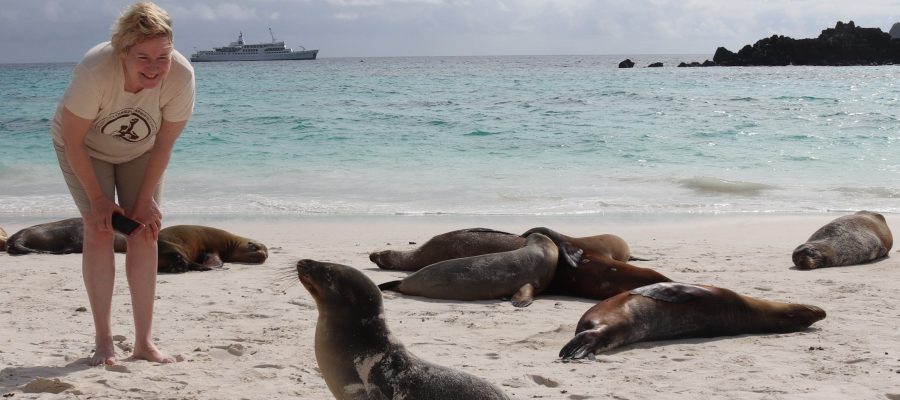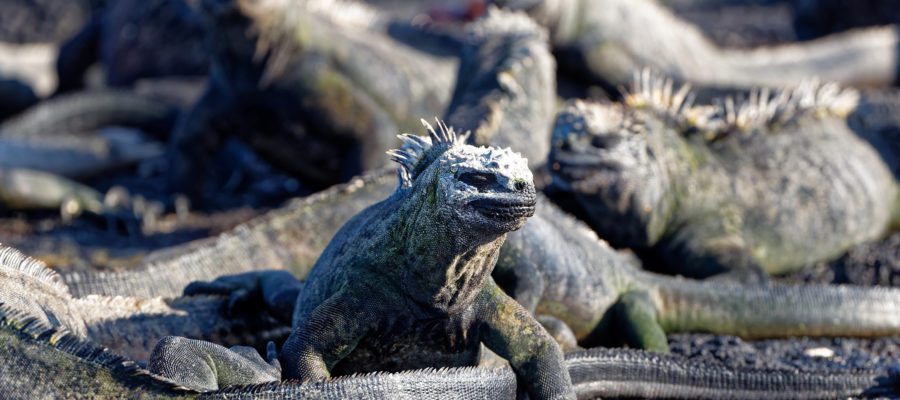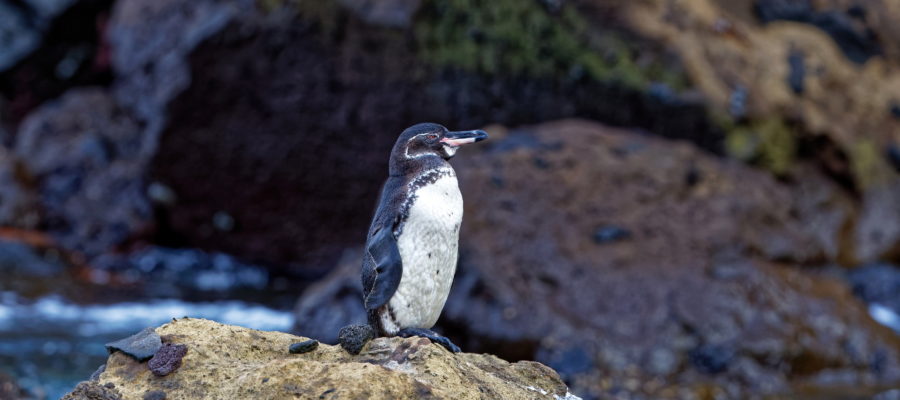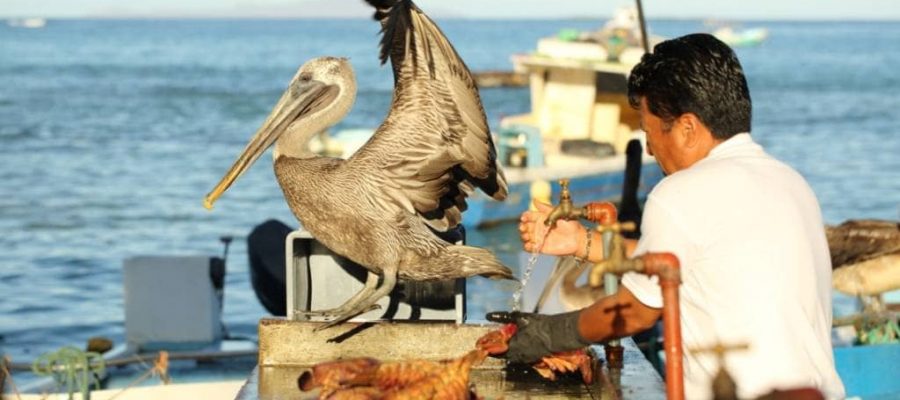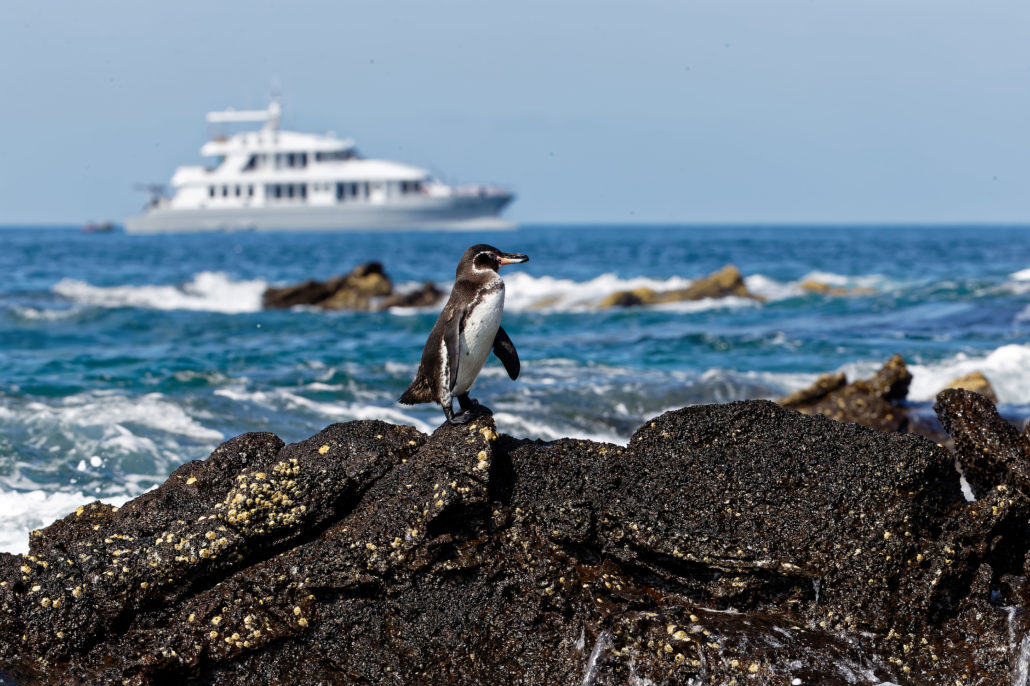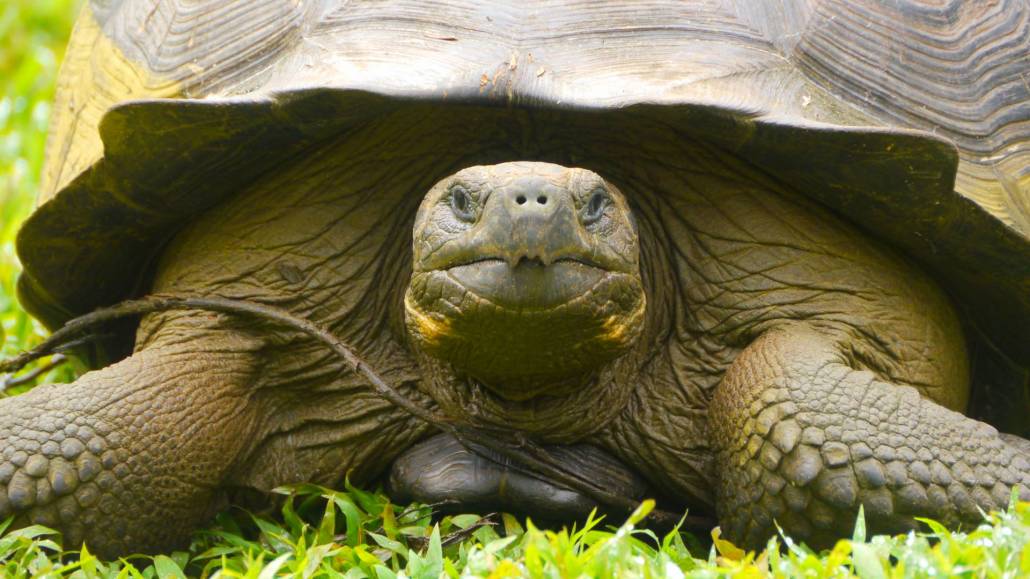The Galapagos Islands – A Paradise Awaiting Your Discovery
Magnificent, intriguing and unforgettable, the Galapagos Islands is a delicate piece of heaven on earth. It is made up of 19 big islands and many smaller islands and islets. The Galapagos Archipelago consists of 8000 km2 of land spread over 45,000 km² of ocean. The size of the Galapagos as a whole is comparable to that of the Aegean sea. 97% of the land area and 99% of the surrounding water bodies are protected under strict environmental protection laws.
Being entirely isolated from civilization, the Galapagos Islands provide excellent habitats for animals and plants to thrive and flourish. Centuries of volcanic activity shaped the Galapagos Islands. Currently, there are five active volcanoes on Isabela Island and Fernandina Island. The latest eruption on Fernandina Island was in September 2017. The islands are situated near the Nazca plate and move 6 cm closer to South America every year.
The oldest islands in the archipelago are Española Island and San Cristóbal Island – they are more than 3 million years old. The youngest Galapagos islands are only 35,000 years old. The islands are situated at the equator and enjoy a warm and sunny tropical climate. However, the different seasons are subjected to strong weather fluctuations as cold and warm currents meet. As the cold Humboldt current from the Antarctic flows down to the meet the warmer Cromwell current from the equator, it results in cooler temperature from July to December. From January to June, the warm tropical Panama current flows from Central America into the archipelago, which warms up the Galapagos Islands.
Marine Biodiversity
The different currents are the reason behind the water’s teeming bio-diversity. There are over 500 species of fish, more than 50 types of sharks and rays and around 900 different shells, mussels and sea snails. With over 200 kinds of starfish, sea urchins, sea cucumbers and crayfish, the underwater world at the Galapagos Islands is undoubtedly one of the most biologically diverse places on earth. The most famous and well-loved marine animals on the Galapagos Islands are the graceful turtles, brightly coloured marine iguanas, playful sea lions and fur seals.
Survival of the Fittest
Survival on the Galapagos Islands is no easy feat. Living on the isolated islands under harsh weather conditions can be a real challenge. That is why there are only a few species of invertebrate, birds and reptiles and almost no amphibians found on the islands. However, species that survive on the Galapagos Islands are unique to the islands and rarely seen anywhere else on earth. Unique wildlife includes marine iguanas, Galapagos tortoises, flightless cormorants to name a few. That is the magic of the Galapagos Islands.
In 1835, Charles Darwin spent 4 years and 9 months exploring the waters of the Galapagos Archipelago. He visited San Cristóbal Island, Floreana Island, Isabela Island and Santiago Island. He also studied the landscapes, plants and wildlife including the Northern Mockingbirds and the Darwin Finches, which contributed to the development of his famous theory of evolution. He published his findings in his book On the Origin of Species in 1859. His results were one of the reasons the Galapagos Islands were declared as a national park by Ecuador in 1959 and the UNESCO listed it as a Cultural World Heritage Site in 1979.
